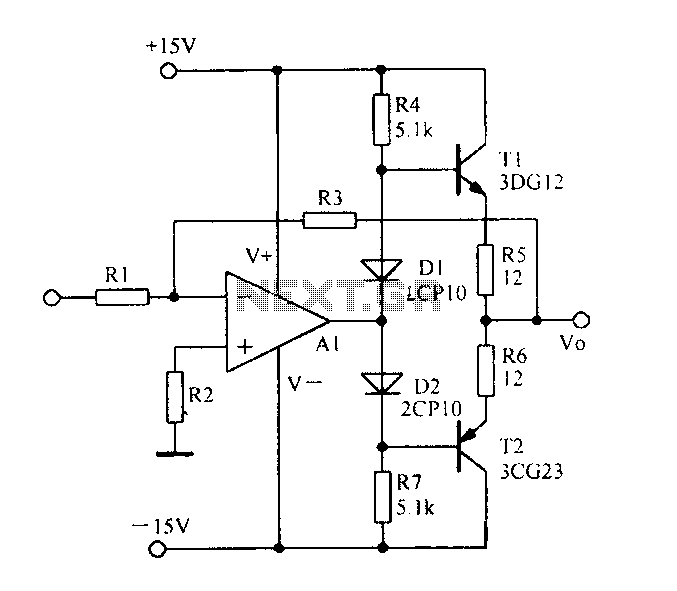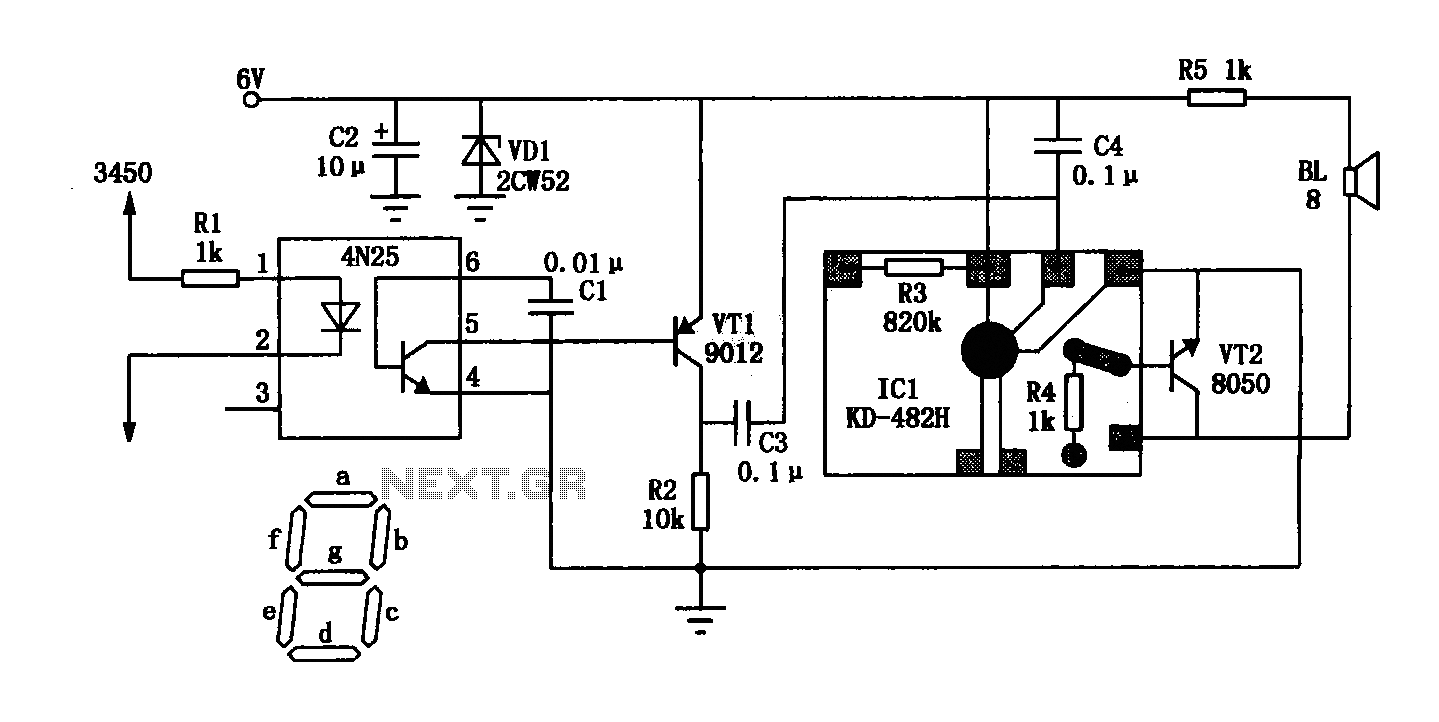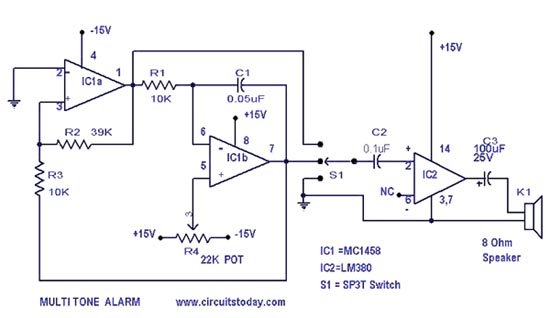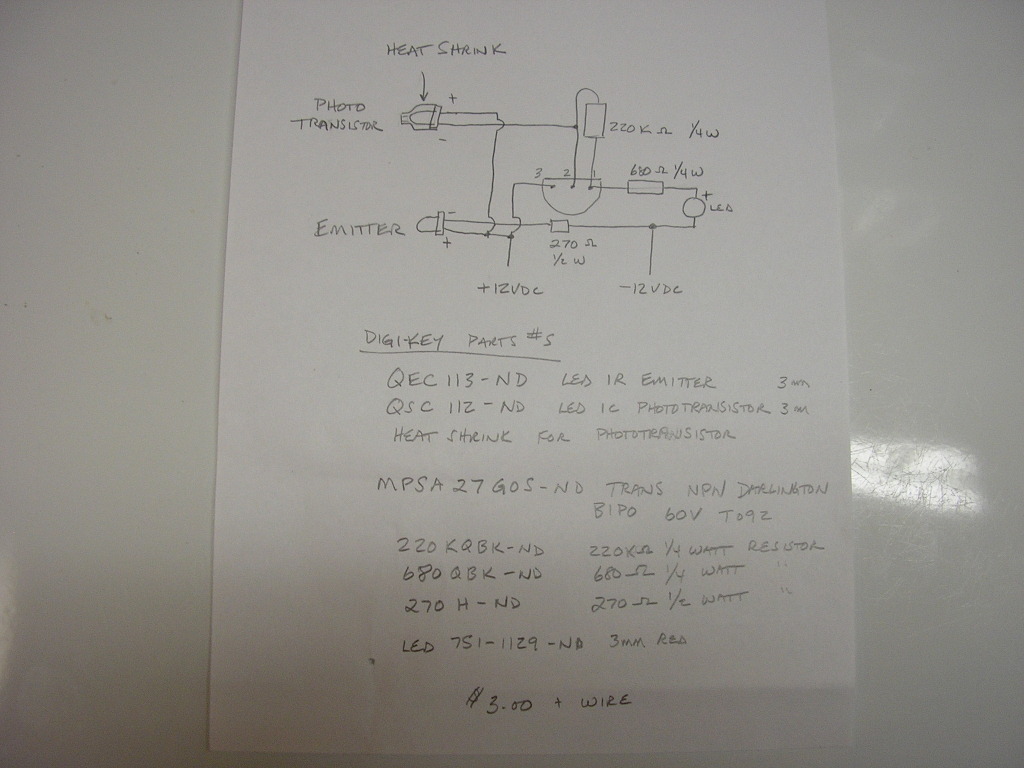
led metronome circuit

The LED Metronome is a contemporary version of a traditional device that is essential for music teachers, students, and composers. This circuit employs 12 LEDs to replicate the swinging motion of a pendulum, along with a speaker connected to a simple amplifier that produces a ticking sound when the LEDs at the arc's end are activated. The tempo can be adjusted from approximately 40 BPM to just over 200 BPM. When housed in a Lexan or Plexiglass enclosure, it adds a modern aesthetic to music practice, although many music educators advise against solely relying on a metronome for maintaining rhythm. The circuit operates reliably within a voltage range of 6 to 12V. A standard 9V battery will deplete quickly within a few days due to continuous use of the LEDs, while a 6V battery pack made from AA, C, or D cells will provide a longer lifespan. Calibration of the circuit is necessary prior to use and is straightforward, involving a stopwatch to count beats. Calibration points include 60 BPM (one beat per second), 120 BPM (two beats per second), and 180 BPM (three beats per second). Users should adjust the resistor R2 to achieve these beat rates and mark the dial accordingly. Subsequently, the calibration should extend to 90 BPM, 150 BPM, and 210 BPM, allowing for even marking of the remaining scale positions.
The LED Metronome circuit design incorporates a microcontroller or a simple timer IC to generate timing pulses. The 12 LEDs are arranged in a linear or circular format to visually represent the beat, with a driver circuit ensuring that each LED illuminates in sequence, mimicking the pendulum's motion. The speaker is connected to an amplifier circuit, which can be a simple transistor amplifier, to produce an audible tick sound that coincides with the visual cues from the LEDs.
Power supply considerations are crucial; the design should include a voltage regulator if the circuit is expected to operate over a range of supply voltages. For example, a 7805 voltage regulator could be used to provide a stable 5V output from a higher voltage supply.
The calibration feature is implemented by allowing access to a variable resistor (R2) that adjusts the frequency of the timing pulses. This variable resistor should be easily accessible to the user for quick adjustments. It is advisable to include a small display or LED indicator that can signal when calibration is in progress, ensuring that users can effectively set the desired BPM.
The enclosure design should not only be aesthetically pleasing but also functional, allowing for easy access to the calibration controls and possibly featuring a battery compartment for easy battery replacement. The use of Lexan or Plexiglass not only contributes to the modern look but also provides durability and lightweight properties.
In conclusion, the LED Metronome circuit combines visual and auditory elements to assist musicians in maintaining rhythm. Its design allows for user-friendly calibration, versatile power supply options, and a modern appearance, making it a valuable tool for music practice and education.The LED Metronome is a modern interpretation of a classic device which is a staple of music teachers, students and composers everywhere. This circuit uses 12 LEDs to simulate the sweeping motion of the pendulum and a speaker with a simple amplifier to generate a tick as the LEDs at the end of the arc are struck.
It is adjustable from about 40 BPM to just over 200 BPM. When made in a Lexan or Plexiglass case it can add a fun ultra-modern touch to music practice (though most music teachers agree that you should never rely on a metronome to keep your beat). The circuit will reliably run from 6 to 12V. A typical 9V battery will be drained in several days by the LEDs with constant use. A 6V pack made from AA, C or D cells will last much longer. The circuit will need some calibration before use. Calibration is fairly easy and accomplished by using a stopwatch to count the number of beats. You`ll want to calibrate for 60 BPM (one per second), 120 BPM (two per second) and 180 BPM (3 per second).
Just use your stopwatch to find the points of R2 that correspond to those beat rates and the mark the dial appropriately. Next find 90, 150 and 210 BPM. By that time you should then be able to evenly mark the remaining positions on the scale. 🔗 External reference
The LED Metronome circuit design incorporates a microcontroller or a simple timer IC to generate timing pulses. The 12 LEDs are arranged in a linear or circular format to visually represent the beat, with a driver circuit ensuring that each LED illuminates in sequence, mimicking the pendulum's motion. The speaker is connected to an amplifier circuit, which can be a simple transistor amplifier, to produce an audible tick sound that coincides with the visual cues from the LEDs.
Power supply considerations are crucial; the design should include a voltage regulator if the circuit is expected to operate over a range of supply voltages. For example, a 7805 voltage regulator could be used to provide a stable 5V output from a higher voltage supply.
The calibration feature is implemented by allowing access to a variable resistor (R2) that adjusts the frequency of the timing pulses. This variable resistor should be easily accessible to the user for quick adjustments. It is advisable to include a small display or LED indicator that can signal when calibration is in progress, ensuring that users can effectively set the desired BPM.
The enclosure design should not only be aesthetically pleasing but also functional, allowing for easy access to the calibration controls and possibly featuring a battery compartment for easy battery replacement. The use of Lexan or Plexiglass not only contributes to the modern look but also provides durability and lightweight properties.
In conclusion, the LED Metronome circuit combines visual and auditory elements to assist musicians in maintaining rhythm. Its design allows for user-friendly calibration, versatile power supply options, and a modern appearance, making it a valuable tool for music practice and education.The LED Metronome is a modern interpretation of a classic device which is a staple of music teachers, students and composers everywhere. This circuit uses 12 LEDs to simulate the sweeping motion of the pendulum and a speaker with a simple amplifier to generate a tick as the LEDs at the end of the arc are struck.
It is adjustable from about 40 BPM to just over 200 BPM. When made in a Lexan or Plexiglass case it can add a fun ultra-modern touch to music practice (though most music teachers agree that you should never rely on a metronome to keep your beat). The circuit will reliably run from 6 to 12V. A typical 9V battery will be drained in several days by the LEDs with constant use. A 6V pack made from AA, C or D cells will last much longer. The circuit will need some calibration before use. Calibration is fairly easy and accomplished by using a stopwatch to count the number of beats. You`ll want to calibrate for 60 BPM (one per second), 120 BPM (two per second) and 180 BPM (3 per second).
Just use your stopwatch to find the points of R2 that correspond to those beat rates and the mark the dial appropriately. Next find 90, 150 and 210 BPM. By that time you should then be able to evenly mark the remaining positions on the scale. 🔗 External reference





